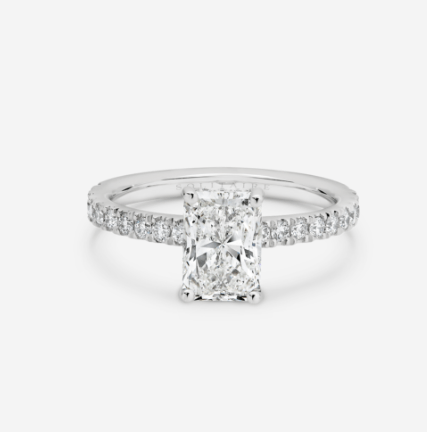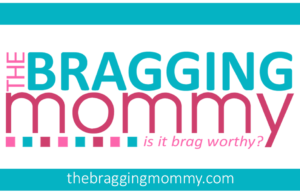Australian couples seeking the perfect engagement ring often encounter specific challenges when selecting radiant cut engagement rings in Australia, particularly given the unique market conditions, import regulations, and pricing structures that characterise the local diamond industry. Common purchasing mistakes can result in significant financial loss, disappointing quality outcomes, or legal complications that could have been easily avoided with proper preparation. The Australian market presents both exceptional opportunities and potential pitfalls that require careful navigation. Understanding these challenges enables informed decision-making while avoiding costly errors that plague unprepared buyers. Professional guidance becomes particularly valuable when navigating certification requirements, pricing structures, and quality assessment standards specific to the Australian marketplace.

Certification and Documentation Oversights
One of the most serious mistakes involves accepting diamonds without proper certification from recognised laboratories. Many Australian retailers offer diamonds with in-house certificates or documentation from lesser-known grading institutions that may not provide reliable quality assessment. International standards require certification from GIA, AGS, GCAL, or other internationally recognised laboratories.
Import documentation becomes crucial for diamonds purchased internationally or through online retailers. Australian customs requires proper valuation documentation for insurance and duty purposes. Incorrect or missing paperwork can result in significant delays, additional costs, or confiscation at customs checkpoints.
Warranty and return policy documentation requires careful examination before purchase. Some retailers impose restrictive conditions that void warranties for normal wear or professional cleaning services. Understanding these limitations prevents future disputes and ensures proper protection for your investment.
Insurance appraisal timing represents another common oversight. Many buyers delay obtaining independent appraisals, only to discover discrepancies between purchase price and actual value. Professional appraisals should occur within 30 days of purchase to ensure accurate insurance coverage and value verification.
Quality Assessment and Grading Misunderstandings
Proportion analysis errors frequently occur when buyers focus solely on carat weight while ignoring critical cut quality factors. Radiant cuts with poor proportions may appear smaller than well-cut alternatives of similar weight, while compromising brilliance and fire. Understanding optimal proportion ranges prevents these expensive mistakes.
Clarity grading misinterpretation leads to either overpaying for unnecessary perfection or accepting visible inclusions that affect beauty and durability. Many buyers assume VS2 clarity provides flawless appearance without understanding that individual stone characteristics vary significantly within each clarity grade. Professional examination under proper lighting conditions reveals true clarity characteristics.
Colour assessment challenges compound when buyers rely on photographs or inadequate lighting conditions. Computer monitors and retail lighting often misrepresent actual diamond colour, leading to disappointment upon receipt. Comparison viewing against master stones in standardised lighting provides accurate colour assessment.
Treatment disclosure oversights create serious problems when sellers fail to properly disclose fracture filling, clarity enhancement, or other treatments that affect value. Australian consumer protection laws require full disclosure, but enforcement varies across different retail channels.
Pricing Structure and Market Navigation Errors
Exchange rate timing significantly impacts costs for international purchases. Australian dollar fluctuations against USD can create substantial price variations over short periods. Many buyers fail to consider these fluctuations when comparing local versus international pricing, leading to poor timing decisions.
GST implications require careful consideration for various purchase scenarios. Local purchases include 10% GST in retail pricing, while international purchases may require GST payment upon import. Understanding these tax implications prevents unexpected additional costs during the purchase process.
Financing arrangement mistakes include accepting high-interest jewellery store financing without exploring alternative options. Banks and credit unions often provide superior interest rates for personal loans compared to retail financing programs. Additionally, some credit cards offer promotional interest rates that may prove more economical.
Comparison shopping errors occur when buyers fail to account for service differences between retailers. Lower prices may reflect reduced service levels, limited warranties, or inferior after-sales support. Comprehensive comparison requires evaluating total ownership costs rather than initial purchase price alone.
Setting Selection and Customization Pitfalls
Setting compatibility issues arise when buyers select inappropriate mounting styles for radiant cut diamonds. The angular outline and brilliant faceting require specific prong placement and support structures that differ from round diamond requirements. Improper setting selection can compromise both security and appearance.
Metal selection mistakes often stem from inadequate consideration of long-term maintenance requirements. White gold requires regular rhodium plating to maintain colour, while platinum offers durability at higher initial cost. Understanding these maintenance implications prevents future disappointment and unexpected expenses.
Sizing accuracy becomes critical for engagement ring purchases, particularly when surprises are involved. Many buyers guess at ring sizes or rely on string measurements that prove inaccurate. Professional sizing prevents costly resize procedures that may weaken ring structure or affect setting integrity.
Customization timeline miscalculations create problems when buyers underestimate production and delivery schedules. Complex custom designs may require 6-8 weeks for completion, while simple modifications might be completed within days. Understanding realistic timelines prevents disappointment and last-minute alternatives.
After-Purchase Care and Maintenance Oversights
Insurance coverage gaps develop when buyers fail to update policies or obtain appropriate coverage levels. Standard homeowner’s insurance typically provides limited coverage for jewellery, requiring additional scheduled coverage for expensive engagement rings. Professional appraisals and proper documentation enable adequate insurance protection.
Maintenance scheduling neglect leads to premature wear and potential stone loss. Professional cleaning and inspection every six months identifies potential problems before they become costly repairs. Many retailers offer lifetime maintenance programs that provide excellent value for ongoing care requirements.
Storage and handling mistakes cause unnecessary damage to delicate settings and diamonds. Proper storage prevents scratching and impact damage, while appropriate handling techniques minimise risk during daily wear. Understanding proper care procedures preserves beauty and extends jewellery lifespan significantly.



